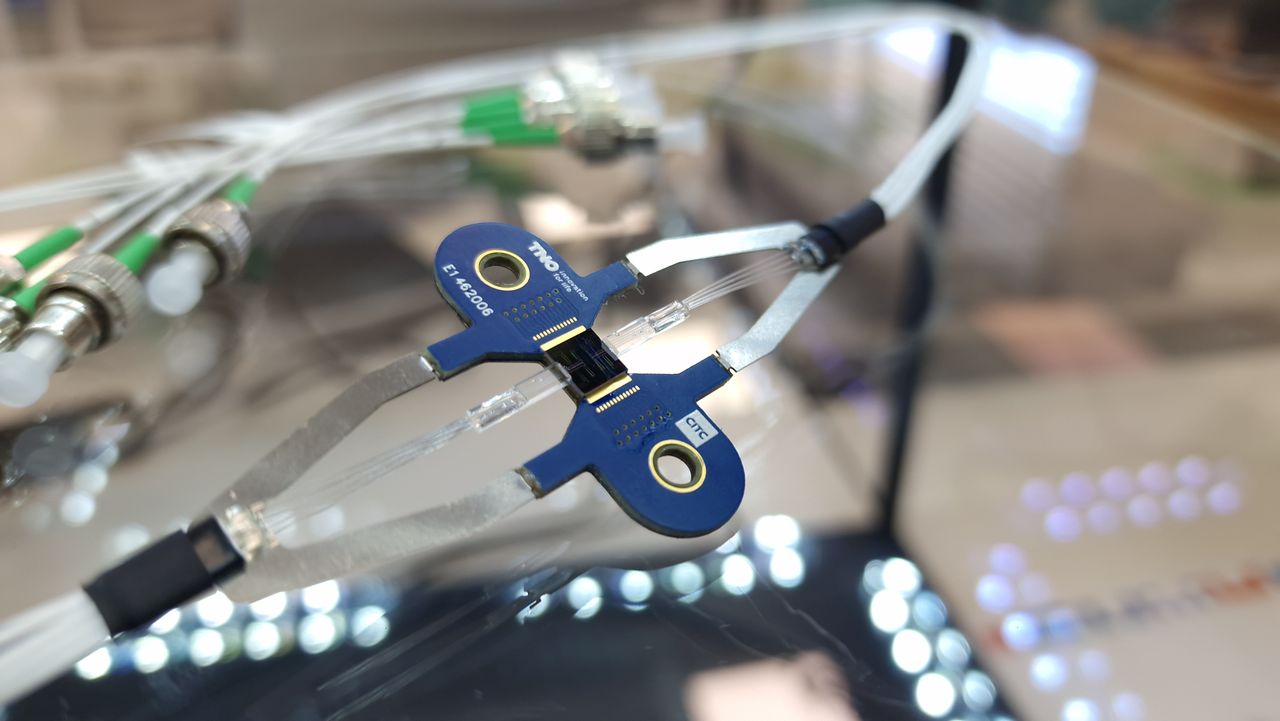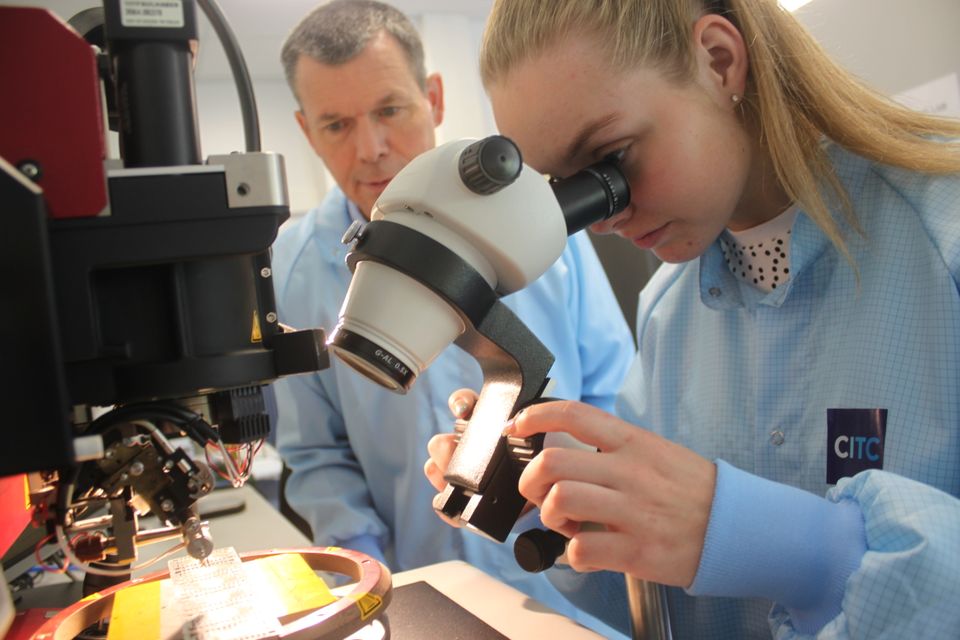
Mark Luke's (CITC) mission: a more sustainable chip industry with revolutionary technology
Since March 2023, Mark Luke Farrugia has been General Manager of Nijmegen's Chip Integration Technology Center (CITC). And he has a clear mission; to make the chip industry more sustainable and thereby also bring it to Europe and, especially, Nijmegen. ‘When I joined CITC two years ago, I saw that something was needed, a transition, a new direction and a revolutionary product.’
For many people, the corona crisis served as a wake-up call to the global reliance on chips. ‘Everyone realised that chips are in everything and that when there is a crisis somewhere in the world, it affects everyone.’ This has led to political initiatives to strengthen the chip industry in Europe. One example is the European Chips Act. The aim is to increase production capacity in Europe and boost investment in technology and infrastructure. This aims to reduce dependence on Asian markets.
New packaging: sustainable and efficient
CITC specialises in chip packaging. ‘This goes beyond simply putting a chip in a box; it involves encasing the chip in a material that protects it from physical damage and environmental influences, while also providing the necessary electrical connections. This packaging is essential for the performance and reliability of the chip and is an important step in producing advanced technologies,’ Farrugia explains.
He introduced at CITC a new technology that is both environmentally friendly and cost-efficient. ‘We want to put Nijmegen on the map as a centre for sustainable chip production,’ he adds. CITC's innovative approach, which uses ‘additive manufacturing’, replaces traditional, polluting processes with a method that uses only the necessary materials. This minimises waste, drastically reducing both environmental impact and costs. Instead of traditional techniques, where excess material is etched away and creates waste, additive manufacturing technology builds the required layers directly. This ensures a much cleaner production process and makes it possible to produce the chip packaging here in Europe, without relying on cheaper but more polluting methods in Asia.
‘The aim is not only to make environmentally-friendly products, but also to keep them economically attractive,’ says Farrugia. ‘We want to reduce costs by up to 70%, which makes it attractive to produce these technologies in Europe. This could transform Nijmegen into a global centre for sustainable chip production, while making a significant contribution to the European chip industry.’
Viable chip production in Europe
Farrugia, of Canadian-Maltese descent, began his career in the semiconductor industry right out of college, with experience at major European players such as STMicroelectronics and NXP. After his time in the industry, working with established research institutes and universities where he noticed that established players often get stuck to traditional approaches, he decided to switch to CITC in March 2023. ‘After years of working with established institutes, it became clear to me that if I really wanted to revolutionise sustainability and economic viability in Europe, I needed to be somewhere else,’ he explains.
Farrugia was convinced by the potential he saw at CITC during a brainstorming session with experts from several Dutch institutions, including TNO and Holst Centre. ‘The idea for a sustainable and economically viable chip production in Europe arose from the combination of expertise from different fields,’ he says. ‘I realised that the establishment might not be willing to take the risks needed for innovation. But newcomers like CITC are. They have the drive to find their place in the industry and are willing to break new ground.’

The ‘iPhone idea’
Farrugia strongly believes in bringing together expertise from different fields to generate revolutionary ideas. ‘The beauty of innovation is in bringing people from different competences together,’ he says. ‘That's where the great ideas come from.’
CITC works closely with partners such as TNO, TU Delft, Holst Centre and various industrial players such as NXP and Nexperia. These collaborations are crucial for turning innovative ideas into market-ready products. ‘Everything you do in a research institute like ours has to come to market eventually,’ Farrugia explains. ‘That's why we work with industrial partners from the very beginning.’
Farrugia compares his approach to the situation of Nokia and Apple. ‘In my time, Nokia was the undisputed market leader. When Apple emerged, Nokia thought the new technology would not catch on. And look where Apple is today. Established players often underestimate the impact of disruptive innovations,’ he explains. ‘This also applies to CITC's technology, which offers an alternative to established methods.”
CITC Innovation Day
In September, CITC will hold its first Innovation Day as part of the Vibe of the Future Festival. This event, which is by invitation, provides a platform to present the latest innovations and technologies to the general public in an understandable way. ‘Our technology is normally so small that you can only see it under a microscope. That makes it a challenge to make people understand what we do,’ Farrugia says. ‘That's why we use scale models, dummy chips that we make with 3D printing, so people can touch them and see them up close. We will also explain how each component works and what role it plays in solving societal problems. In this way, we hope to make a wider audience aware of the importance of our innovations.’
